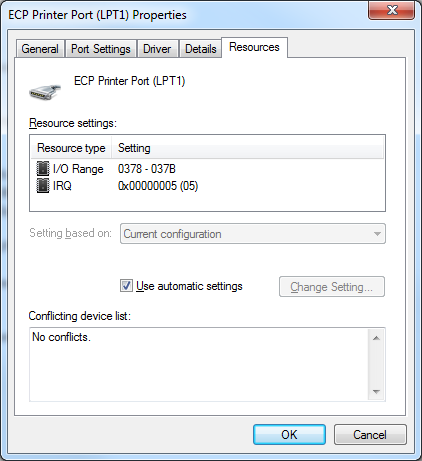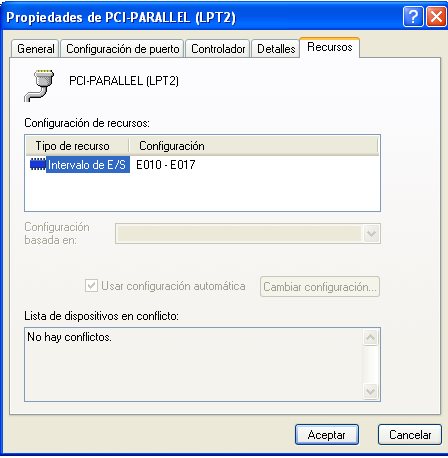Hi,
We have bought a CC1020-CC1070DK kit to evaluate the CC1020 as a replacement for Radiometrix Tx/Rx modules we use in an existing design.
The kit has arrived and I downloaded the SmartRF Studio software as instructed in the leaflet enclosed. Having installed 'SmartRF Studio 7 v1.3.2 (Rev. G)' I could not find any reference in it to the CC1020?
I then noticed the 'SmartRF(TM) Studio 6.13.1 (Rev. S)' link and downloaded it. This does have the option to choose the C1020 but when trying to configure it for my parallel port ( configuration menu -> select port.....) it only offers me port addresses '0x378 0x278 0x3cb' which are the hardware addresses of parallel ports integrated on PC motherboards. All our development PC's have parallel ports (which are used successfully with Altera byteblaster JTAG cables) but they are PCI cards, I can't recall any PC arriving here with a motherboard parallel port for several years :-(.
So how can I get the CC1020-CC1070DK to work with a PCI parallel port card?
OS is windows XP 32bit if that matters.
Regards, Mark Leman



